
The Pannocchieschi was a prominent noble family from Siena and Volterra in Italy, probably of Lombard origin. [1] They held the title Count of Elci.

The Pannocchieschi was a prominent noble family from Siena and Volterra in Italy, probably of Lombard origin. [1] They held the title Count of Elci.
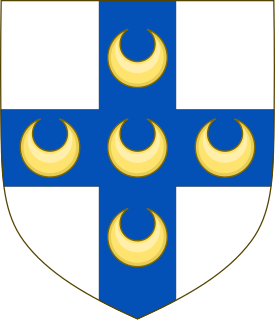
The House of Piccolomini is the name of an Italian noble family, which was prominent in Siena from the beginning of the 13th century until the 18th century.

The County of Santa Fiora, also known as State of Santa Fiora was a small historical state of southern Tuscany, in central Italy. Together with the county of Sovana, it was one of the two subdivisions into which the possessions of the Aldobrandeschi, then lords of much of southern Tuscany, were split in 1274.

The Domini di Terraferma was the hinterland territories of the Republic of Venice beyond the Adriatic coast in Northeast Italy. They were one of the three subdivisions of the Republic's possessions, the other two being the original Dogado (Duchy) and the Stato da Màr.
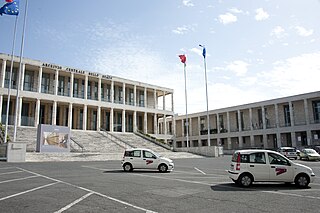
The Central Archives of the State are the main national archives of Italy. They were created in 1875 under the name of Royal Archives. They took their present name in 1953. They are located in EUR, Rome and are put under the responsibility of the Ministry of Culture.

Dietisalvi di Speme was an Italian painter, who worked in Siena between 1250 and 1291. In his work he influenced and was influenced by Cimabue.
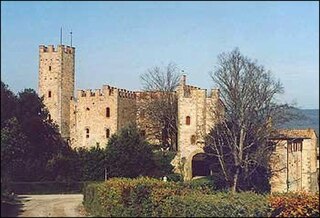
The castle of Montalto lies east of Siena, Italy, in an area known as ‘la Berardenga’, which is an extensive territory in the Chianti region of Tuscany. Its position right on the border between the territories of Siena and Florence gave it great strategic importance during the 13th, 14th and 15th centuries. Much of the castle is from medieval times and parts date back to 1000 or earlier; extensive restorations were performed in the 16th century and again in the 19th century.
The following is a timeline of the history of the city of Siena, Tuscany, Italy.

Pietro Albertoni was an Italian physiologist and politician who was appointed Senator of the Kingdom in 1912.

The Landi were a noble family from Piacenza, in northern Italy. From 1551 to 1582, they were princes of the Val di Taro, now in the province of Parma, at that time in papal territory. Their principality is sometimes called Lo Stato Landi ; although the term is not well known, there is substantial documentation of it in the Archivio Segreto Vaticano, in the Vatican City.
The Diocese of Pienza was a Roman Catholic diocese located in the town of Pienza in the province of Siena, in the Val d'Orcia in Tuscany between the towns of Montepulciano and Montalcino. Until 1462, the town was known as Corsignano. It took the name Pienza from its most famous native son, Pope Pius II, who elevated the town to the status of a city (civitas), and established the new diocese. The diocese existed as an independent entity from 1462 to 1772, directly subject to the Holy See (Papacy).

Scipione Pannocchieschi d’Elci was a Catholic cardinal who served as Apostolic Nuncio to the Republic of Venice and as Archbishop of Pisa.
The following is a timeline of the history of the city of Lucca in the Tuscany region of Italy.
The following is a timeline of the history of the city of Forlì in the Emilia-Romagna region of Italy.
Francesco Pannocchieschi d'Elci was an Italian Roman Catholic priest and archbishop.
Alessandro Braccesi was an Italian humanist, writer and diplomat. He was born in Florence and died in Rome. Perugino's Portrait of a Boy was long identified as him, but this identification has now been refuted.
Giovanni Checconi was a Roman Catholic prelate who served as Bishop of Pienza (1665–1668).
Antonio Forteguerra, O.S.B. (1648–1714) was a Roman Catholic prelate who served as Bishop of Pienza (1698–1714).
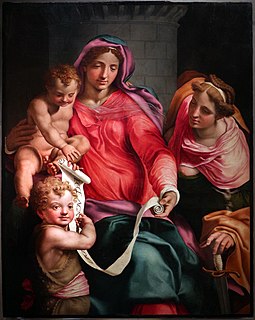
Madonna and Child with the Infant St John the Baptist and Saint Barbara is a 1548 oil on panel painting by Daniele Ricciarelli da Volterra, now in the Uffizi.
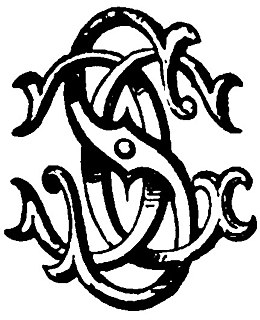
Sansoni is an Italian publisher founded in 1873 by Giulio Cesare Sansoni, located in Florence.